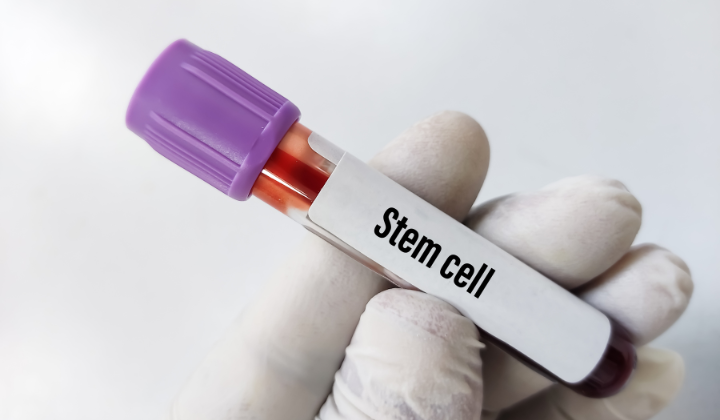Non-invasive Focused Ultrasound Helps Alleviate Parkinson’s Symptoms
Hearing Loss May be Early Warning Sign for Parkinson’s Disease
13th June 2025
The Parkinson’s Marathon Walk Sunday 27 July 2025
13th June 2025Non-invasive Focused Ultrasound Helps Alleviate Parkinson’s Symptoms
Non-invasive Focused Ultrasound Helps Alleviate Parkinson’s Symptoms
A clinical trial shows that an ultrasound treatment can help with involuntary and impaired movement for people with Parkinson’s.
People with Parkinson’s disease experienced significant improvement in tremors, mobility, and other movement symptoms after undergoing a minimally invasive procedure using focused ultrasound, a study published in the New England Journal of Medicine shows.
Deep brain stimulation (DBS) has become the main surgical treatment for people with Parkinson’s who do not fully respond to levodopa. It involves the invasive surgical placement of tiny wires into the targeted brain area, which is then stimulated by sending electrical signals through the wires.
Focused ultrasound is a treatment that emits high-intensity sound waves into the brain, guided by magnetic resonance imaging (MRI). Where these waves cross, they create high energy, which creates heat, destroying a specific area in the brain connected to tremor. It is considered non-invasive because it does not involve incisions or holes in the skull.
Both treatments have pros and cons.
- Focused ultrasound is non-invasive. It does not require additional adjustments and creates a permanent change.
- DBS is an invasive surgery that allows for adjustments as movement symptoms worsen through the course of Parkinson’s, even years after surgery. DBS can still be an option for those who undergo focused ultrasound if the disease continues to progress.
The U.S. Food and Drug Administration (FDA) approved focused ultrasound as a Parkinson’s treatment for those with movement symptoms mainly on one side of the body. However, most people with Parkinson’s have movement symptoms on both sides of the body. This study included people who have symptoms on both sides of the body.
About the Study & Results
The focused ultrasound targets a part of the brain called the globus pallidus internus (GPI), which is part of the basal ganglia, a network of brain structures that controls movement.
In Parkinson’s, the loss of dopamine-producing neurons disrupts the normal functioning of the basal ganglia. This can ultimately lead to abnormal activity in the GPI and can contribute to the movement symptoms of Parkinson’s.
This study examined the safety and efficacy of focused ultrasound of the GPI in a randomized trial of 94 participants with Parkinson’s movement symptoms. Only the side of the brain opposite the participant’s most symptomatic side was treated.
Of the 94 participants, 69 were randomly selected to undergo the procedure, with 25 receiving the false treatment as a control.
Each participant received a clinical assessment for the severity and progression of their Parkinson’s before and after treatment. Nearly 70% of participants in the treatment group had improvements in symptoms after three months of follow-up, compared to 32% in the control group who had an inactive procedure without focused ultrasound.
One year later, a follow-up assessment tracked 60 of the original 69 participants and found that 66% of those who received treatment and initial improvement in symptoms continued to have a positive response to the treatment.
Additionally, of the 25 participants who initially had a placebo treatment, 20 chose to undergo treatment three months later. Of the 20 that chose treatment, 70% had a positive response at three months, and 57% had continued success one year later.
A third of the participants had no side effects. Among those who did, most participants experienced only some mild to moderate symptoms, including headaches, dizziness, and nausea. However, one person experienced a serious complication related to the procedure: a nonfatal pulmonary embolism.
At the three month check-up, adverse reactions were mild to moderate and included slurred speech, disturbances in walking, loss of taste, visual disturbance, and facial weakness.
What does this mean?
This treatment may be effective for improving physical symptoms of Parkinson’s. However, the long-term effects of the procedure are still not known. All participants in the study will be followed for five years to assess the effects and long-term safety of the procedure.

